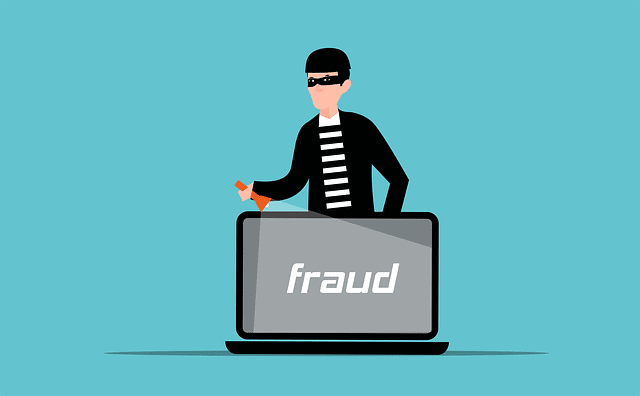Tech News
4 Common Types of Fraud All Retailers Face
The cost of fraud is on the rise for merchants around the country. According to a new report by Lexis Nexis, every $1 of fraud costs U.S. retailers $3.36. This is a 7% increase from 2019. For e-commerce retailers, the cost is even steeper, at $3.73 for every $1 of fraud.
At the same time, the number of total fraud of attempts is also increasing, reaching 344 in 2020, compared to 277 in 2019. For example, businesses are now having to take more care with things such as check fraud by researching the check fraud prevention best practices, to avoid this happening to them.
For retailers, this increase can spell trouble if they aren’t prepared. The first step in putting together a strong merchant fraud protection plan is to have a thorough understanding of what types of fraud are threatening your business. The top types of fraud attempts are:
Identity Theft: 71% of merchants report the most common type of fraud that causes them concern is identity theft — especially given the ease and rise of card-not-present transactions. This method allows thieves to make a purchase using someone else’s credit card information.
Chargebacks: Known as friendly fraud, chargebacks occur when your customer makes a purchase using a credit or debit card and then contacts their financial institution to report that the purchase was made using stolen card information. In the end, the customer is refunded for the money and gets to keep the purchased goods. In the end, the retailer loses because they are often held responsible for the cost of the so-called fraudulent purchase. To help stem these, more and more retailers are relying on chargeback services that can help to alert you to this type of fraud before it happens.
Triangulation Fraud: This type of fraud occurs when the thief opens a fake online store and sells merchandise on it that they purchased using a stolen credit card. It is a double whammy that not only affects the retailers that the merchandise was purchased from, but also the individuals whose identification was stolen to open the credit card.
Account Takeover Fraud: For this type of fraud, an individual gains access to the bank account or store account information to make purchases at the store. In the end, the account holder will have to contact their credit card company or the store to dispute the purchase and close the card. It could result in not only the loss of money but also the potential loss of a valuable customer.
Fraud is a scary and frustrating challenge for all retailers. But by knowing what the different types of fraud look like, you and your team can better spot theft before it happens to your business.
Related Posts












